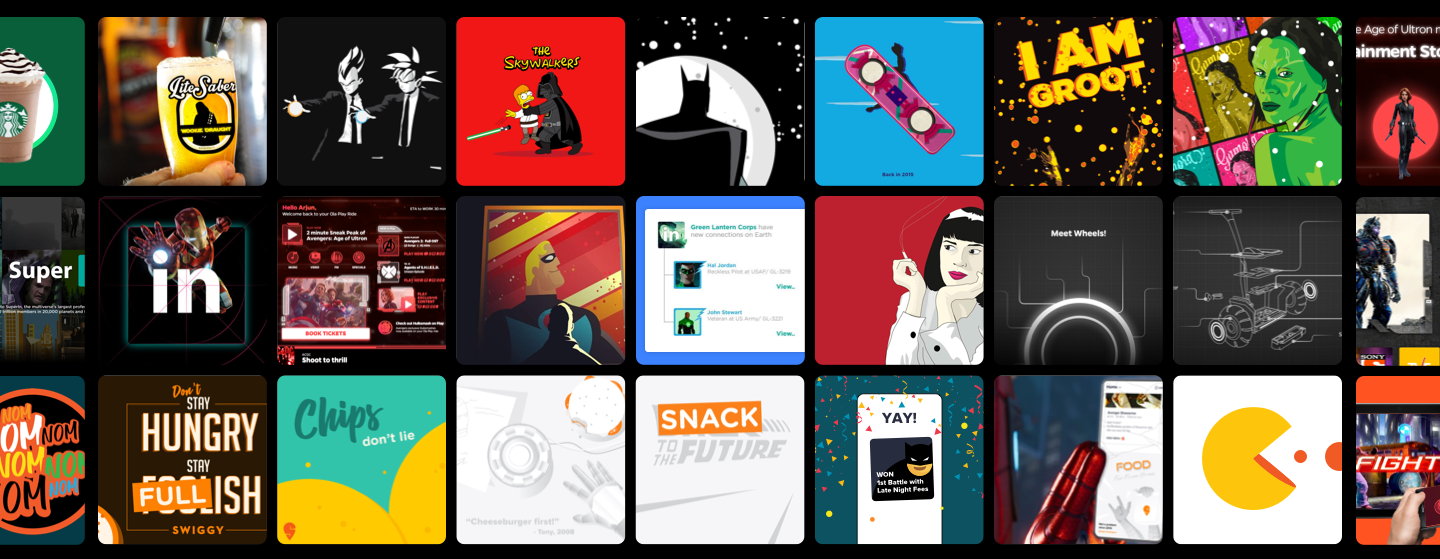Darsazma News Hub
Your go-to source for the latest news and insightful information.
When Nostalgia Strikes: The Weirdest Fads That Refuse to Die
Discover the quirkiest fads that keep resurfacing! Dive into nostalgia and explore the trends that just won't fade away.
The Lasting Impact of Y2K: Why This Tech Panic Is Still Relevant Today
The Y2K crisis, often remembered as a tech panic that swept the globe as we approached the year 2000, had profound implications on how we perceive technology and its vulnerabilities. With millions of lines of code potentially affected by the turn of the century, the fear that computers would fail en masse ignited widespread concern. This panic led to significant spending in upgrades and preparations, showcasing the dependency society had on technology. Today, as we encounter new digital challenges, the lessons learned during the Y2K crisis remain relevant, reminding us of the potential risks associated with technological advancement and the importance of proactive measures.
Fast forward to the present, and we find ourselves facing a new wave of tech-related anxieties, from data breaches to artificial intelligence implications. The Y2K phenomenon serves as a historical touchstone, emphasizing that as technology evolves, so too do the potential threats and societal apprehensions. Much like the Y2K scare, the importance of preparedness and awareness cannot be overstated. By examining the lasting impacts of the Y2K crisis, individuals and organizations can better navigate the complexities of today’s tech landscape, ensuring that we remain vigilant against the next potential digital disaster.

From Fidget Spinners to Crocs: Exploring the Fads That Keep Coming Back
The world of trends is an ever-evolving landscape, yet some fads have a peculiar way of resurfacing time and again. Fidget spinners, once the must-have accessory of the 2017 school year, epitomize this phenomenon. Initially marketed as a tool to help with concentration and anxiety, these handheld toys quickly became a sensation among children and adults alike. Their unexpected rise to popularity was fueled by social media, leading to a wide array of custom designs and color variations. As interest waned, it seemed like fidget spinners had faded into obscurity, but remnants of their appeal linger, proving that even the most seemingly trivial trends can resurface when nostalgia strikes.
Another notable example is the return of Crocs, the polarizing footwear that has transitioned from a gardening essential to a fashion statement. Originally launched in the early 2000s as comfortable and practical footwear, Crocs faced their share of ridicule but subsequently found a devoted fanbase. Innovative collaborations with high-profile designers and celebrities have sparked a renaissance, with their unique combination of comfort and style propelling them back into the limelight. As we explore such cyclical fads, it’s clear that trends like fidget spinners and Crocs not only reflect our changing tastes but also our complex relationship with nostalgia and practicality in fashion.
Why Do We Hold on to Certain Trends? The Psychology Behind Timeless Fads
Trends often come and go, but some manage to stand the test of time, captivating our attention and affection long after their initial surge in popularity. This phenomenon can be attributed to a variety of psychological factors, including nostalgia and our innate desire for connection. Many timeless fads evoke a sense of familiarity and comfort, reminding us of simpler times or shared experiences. As we engage with these enduring trends, we reinforce our social bonds with others who share our interests, creating a sense of belonging that transcends generations.
Moreover, the psychological appeal of timeless trends can be linked to their ability to satisfy fundamental human needs. For instance, trends that promote self-expression or creativity often resonate deeply with individuals, providing an outlet for personal identity. Additionally, the instinct to conform to societal norms plays a crucial role, as people are naturally drawn to behaviors and styles that signal acceptance within their social circles. Ultimately, the interplay between nostalgia, social connection, and the quest for identity explains why we cling to certain trends long after they have faded from the mainstream spotlight.